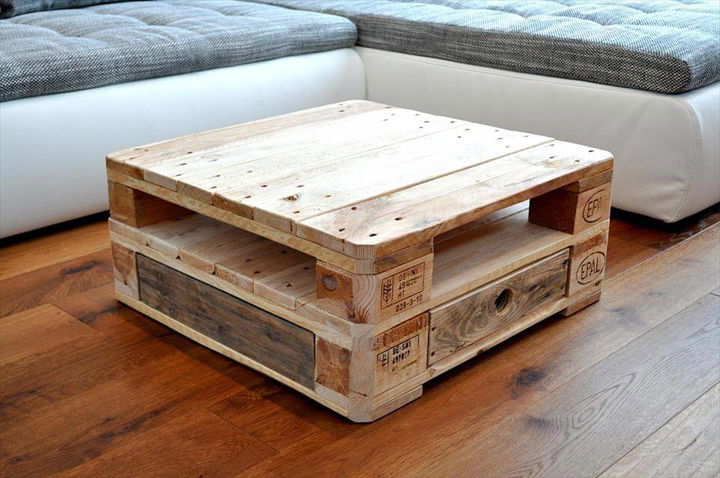

For red wines we do not exasperated macerations, about 10 days with open pumping over.Ī fundamental step is the elimination of the grape seeds which are removed during the delestage and at the time of racking.įor us it is essential that they do not go into the press because we want to obtain softer wines that are therefore not excessively tannic and do not have “green” notes.We are eager to have bottled wines, but it will take time. We are happy, perhaps a little surprised by the profiles of this year’s wines: excellent freshness with low pH and in no case excesses of alcohol, characteristics that translate into pleasantness and drinkability, fundamental elements for us.įurthermore, excellent acidity and balance are very important to allow a long aging. Soon it will be the turn of Nero d’Avola. Moving on to the wines, the whites show an excellent texture, they have been decanted several times and the malolactic fermentation has already started in many tanks, as well as in Syrah. The effect of heat is evident on the clusters of some vineyards that have a reduced weight following the loss of liquid (this is, at the moment, what underlines climate change). After the great heat the vines are fine, yellowing leaves are not seen at all. Overall, we can say that the harvest up to now has been very demanding, but the results are satisfactory. However, it will be necessary to understand how concentrated it will be (the too high alcohol content could be a problem) and what will be the health status of the grapes. The harvest will soon end, which is always very long with us, embracing more than a month, from the first grape variety that is harvested to the last.Įxpectations are good for Cabernet, it also benefited from the rains of early September. This year we can say that there was the exaltation of this concept, there was nothing homogeneous and it was necessary to mediate, combining the different characteristics to obtain the desired results. However, it is also necessary to take into account the various parcels with different altitudes and exposures in which the same grape variety is found: it is clear that they will be harvested at different times. The first grape variety we harvest is Chardonnay.įollowing the Catarratto (in reality it is the “first Catarratto”, which is useful for having a tank of very fresh wine), then the Grillo and subsequently, in order, Merlot and Syrah, Nero d’Avola for the rosé and the one for Principe N.

The great heat accelerated the ripening of the grapes throughout the South, but we were the ones who cut the first bunch in Italy, kicking off the 2021 harvest. In Virzì the harvest began on 2 August about a week earlier than last year.


 0 kommentar(er)
0 kommentar(er)
